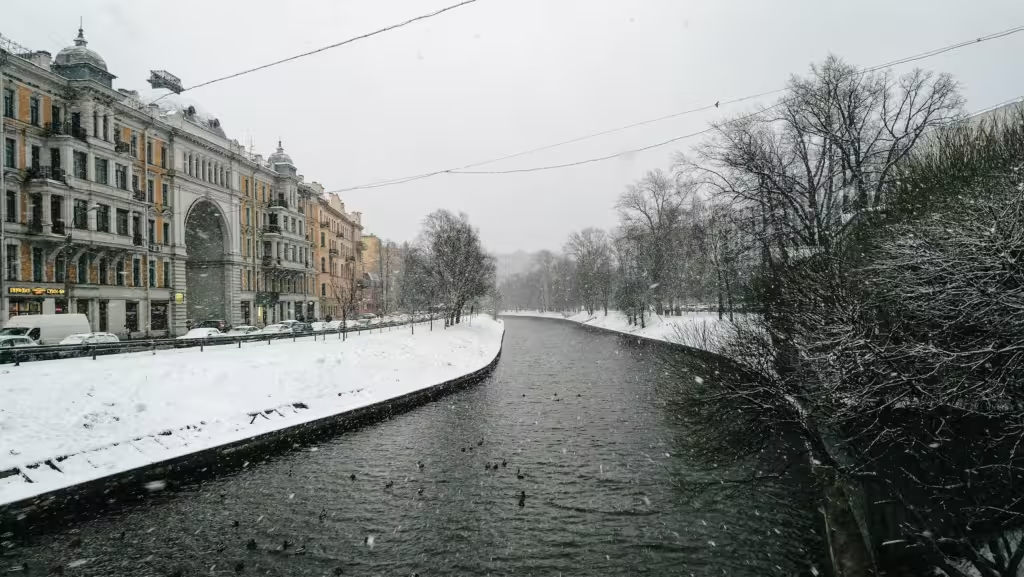Via No Tricks Zone we learn of a brand new study reporting on some very old data that strangely never made it into print before now. In 1930 and 1931 legendary geologist Alfred Wegener launched scientific expeditions into the west of Greenland to measure its climate and ice conditions. Wegener had deep interests in meteorology and believed the Greenland ice cap strongly affected the weather in Europe. Unfortunately he died during the 1930 expedition and is buried on Greenland. But his colleagues finished the work and his brother Kurt carefully compiled the data and records at the University of Graz. There it remained for many years in obscurity, in part due to conflicts among expedition members. But now it has been published and, combined with modern data, paints a picture of Greenland showing rapid warming from about 1920 to the early 1930s, then cooling until the mid-1990s despite an uptick in the late 1960s, then warming up to about 10 years ago before turning down a bit, with some measures suggesting conditions haven’t gotten quite as warm as in Wegener’s time. Warming, cooling, warming, cooling, warming, cooling... seems to be a pattern, if the IPCC could just put its finger on it.
Here's the picture of the temperature history of West Greenland, taking into account the “new” Wegener data:

The authors point out that the early 20th century started out cool but from 1920 until the mid-1930s rapidly warmed, then steadily cooled until the early 1990s, after which it warmed again until about a decade ago. And it’s not just the temperature record. They were also able to measure the snow line, the altitude below which the snow disappears in summer. They note:
“When it comes to the position of the snow line, we find, that despite large uncertainties, both 1929 and 1930 showed snowlines at the level of or higher than what we observed in recent years. This is even true for the extreme summers of 2012 and 2019.”
So despite the hyperventilating about modern Greenland conditions being unprecedented in a bazillion years, just about 90 years ago the snow line had retreated as high or higher up the slopes. They also looked at another proxy, the extent of ice in the fjord and found that, on the documented dates in May and June, in the early 1930s there appears to have been less ice than in recent decades.
We often complain about the way government scientists monkey around with historical temperature records to erase past warming and tilt their trend lines upward. So it’s nice when hard data comes along that provides a check against such revisionism of past thermometer data.
Climate is not a stable thing and was capable of dramatic warming and cooling all on its own, long before you fired up your gas stove and ruined everything.



When Albert Wegener originally proposed his theory of continental drift and plate tectonics he was ridiculed by all the geological experts even Albert Einstein. As George Bernard Shaw once said “ All great truths begin as blasphemies” Sadly he fell into a crevice while exploring Greenland’s ice sheet and his body was never recovered. His only consolation would be that today he is probably one metre closer to NA than when he died.